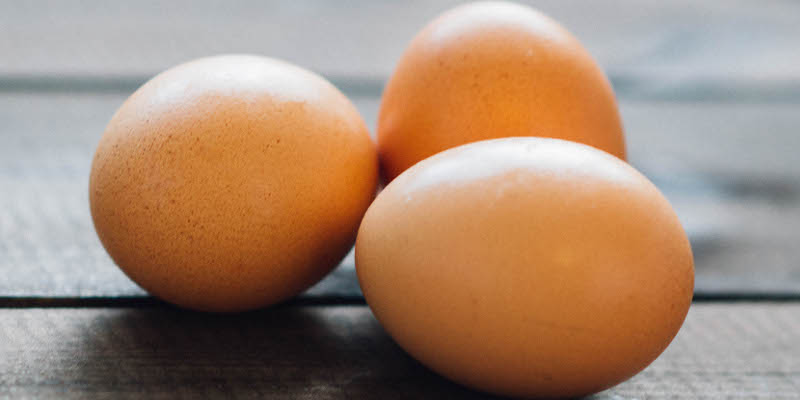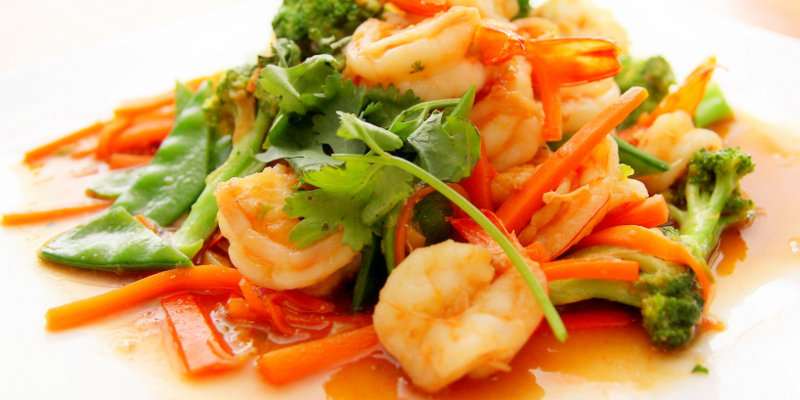Surviving the ‘silly season’ as an ostomate
Christmas can be a wonderful time with lots of fun, festivities and joy. It can be an opportunity to spend time with family, catch up with friends you haven’t seen...

I was recently asked a question about cholesterol by an ostomate, and thought it a good opportunity to review it from the context of stomal surgery so that all ostomates are aware of their level of possible risk and required intervention. The question came from an ileostomate, who wanted to know if having the colon removed reduced the risk of having high cholesterol and possible heart issues in the form of coronary artery disease. Very good question! First, let’s review cholesterol in general before I get to the specifics for ostomates.
Cholesterol is a substance that I’m sure you’ve heard about. It is very often reported in the media and often not in a positive light. However, cholesterol is an essential substance that the body needs for a variety of functions. It is used to:
Therefore, a certain amount of cholesterol is needed in the body in order to have healthy cells, appropriate hormone levels, an adequate vitamin D status and good digestive function. The critical point is having the right amount in the right form for optimal health. Too much cholesterol or not enough of the right type of cholesterol may lead to health issues.
From a dietary perspective, cholesterol is only found in animal foods. Therefore people consuming foods from animal sources gain cholesterol from the diet. Foods that contain cholesterol include meat, seafood, poultry, eggs, and dairy products. Plant foods, such as grains, vegetables, fruits, and oils do not contain dietary cholesterol. Once ingested, cholesterol is digested and absorbed in the small intestine.
However it should be noted that the human body is also capable of manufacturing cholesterol, and in fact a much greater percentage of cholesterol is synthesised in the body than gained from dietary intake. Approximately two-thirds of total cholesterol is produced within the body, with the largest proportion of this being created in the liver. Other tissues are also able to manufacture cholesterol but to a lesser extent. As total body cholesterol increases, the rate of synthesis decreases, but the suppression of cholesterol synthesis by dietary cholesterol is unique to the liver only; it is not evident in other tissues.
In the liver, cholesterol is manufactured from fragments of carbohydrate, protein and fat, with the majority being synthesised from saturated fats and trans fat. These fats are found in: fatty meats; full fat dairy products such as milk, cheese and ice cream; butter; coconut and palm oil; deep fried and take away foods; as well as commercial baked products such as pies, pastries, biscuits and crisps. Like cholesterol, saturated and trans fats are also absorbed in the small intestine. Once ingested or manufactured, cholesterol then travels around the body in the blood in the form of lipoproteins.
There are two main types of these lipoproteins in the blood: low density lipoproteins (LDLs) and high density lipoproteins (HDLs). They are so named because of their differing ratios of protein, cholesterol and other substances. LDLs are low in density because they contain 50% cholesterol which is a light, fatty substance, and only 20% protein which is heavier. HDLs, on the other hand, are heavier because they are comprised of almost 40-45% protein and only 20% cholesterol.
Lipoproteins in the form of LDLs deliver cholesterol to the cells of the body so it can be used to repair cell membranes, synthesise hormones and vitamin D and produce bile. When LDLs reach excessive levels in the blood, they may be deposited in the walls of arteries leading to cardiovascular diseases such as coronary artery disease and atherosclerosis. As such they are often referred to as ‘bad’ cholesterol. Conversely, HDLs remove excess cholesterol from the body and carry it back to the liver, where it can be excreted via bile. HDLs therefore prevent cholesterol from accumulating in the blood and are associated with a lower risk of cardiovascular disease. For this reason they are referred to as ‘good’ cholesterol. Ideally, it is advisable to aim for optimal levels of good cholesterol and low levels of bad cholesterol to maintain heart health.
However, changing the amount of cholesterol in the diet has only a minor influence on blood cholesterol concentrations in most people. Dietary cholesterol has only a small effect on LDLs whereas saturated fats and trans fats can cause a much greater increase in both total cholesterol and LDL levels. Therefore it is considered reasonable for most people to consume cholesterol-containing foods provided they are low in saturated and trans fats. Foods that meet these criteria include offal (from liver and kidneys, and pate made from these), prawns and eggs.

Once absorbed or synthesised, cholesterol is then either used by the body in the ways described above, or excreted. One of the principal ways in which cholesterol is used is in the production of bile, which assists with the digestion and absorption of fat. Bile is made in the liver from cholesterol and stored in the gall bladder. Bile acts as a detergent on fatty foods, breaking down large fat globules into smaller fragments so they can be further acted upon by digestive enzymes to facilitate absorption. Once it has fulfilled its role of facilitating absorption of nutrients, approximately 90% of the bile in the small intestine is reabsorbed in the jejunum and ileum of the small intestine. Cholesterol that is bound to fibre cannot be absorbed in the intestinal tract and so tends to be excreted via faeces. Differences in the rate of absorption and excretion of cholesterol can affect an individual’s cholesterol status.
The first point to note is that the liver synthesises the majority of the cholesterol in the body. Intestinal resection in general and stomal surgery in particular will have little impact on this. Dietary cholesterol is also absorbed in the small intestine, which remains largely intact for most ostomates (with exceptions). Therefore being aware of and monitoring cholesterol levels is important for all ostomates, i.e. all ileostomates, colostomates and urostomates.
It is also important to note that the majority of cholesterol is synthesised from saturated fats and trans fat, which are also absorbed via the small intestine. Altering dietary cholesterol intake will have only a minor influence on cholesterol status. It is more important to alter dietary intake of saturated and trans fats instead. This again applies to all ostomates.
Additionally, it must also be noted that fibre in the diet facilitates cholesterol excretion. Fibre in the diet can lead to increased output and possible blockages for many ileostomates and colostomates, and consequently is often reduced or avoided. However, a low fibre diet may lead to increased cholesterol reabsorption which could result in higher blood cholesterol levels.
As can be seen, cholesterol status is a possible issue for all ostomates and as such should be monitored and managed. Dietary strategies need to be employed to reduce cardiovascular disease risk. Physical activity will also help to keep blood cholesterol levels in check, so incorporating some appropriate exercise into your daily routine will be beneficial. Moderate-intensity activity such as brisk walking has been shown to be effective.
As a nutritionist, I have developed many strategies to improve nutritional intake and dietary diversity for all ostomates. If you need assistance with changing your diet to reduce saturated and trans fat intake or increase fibre consumption to support cholesterol excretion, please contact me.
Wishing you good health and happy days,
Margaret